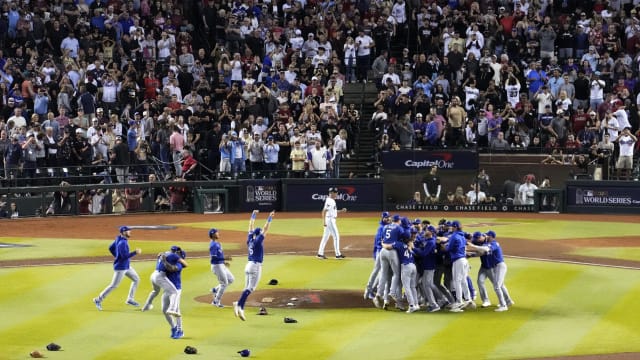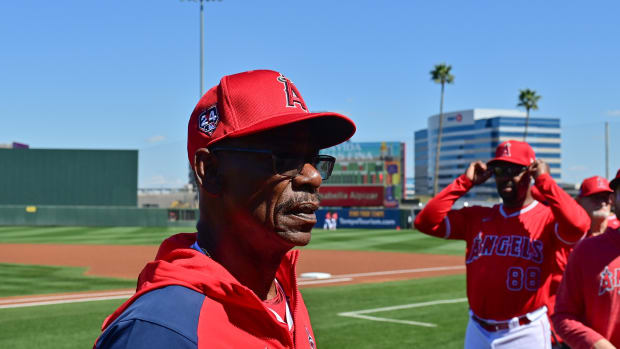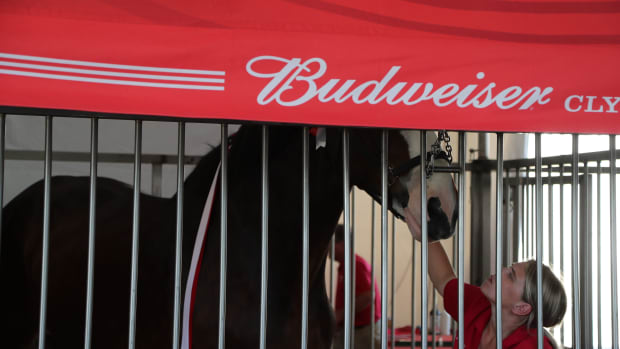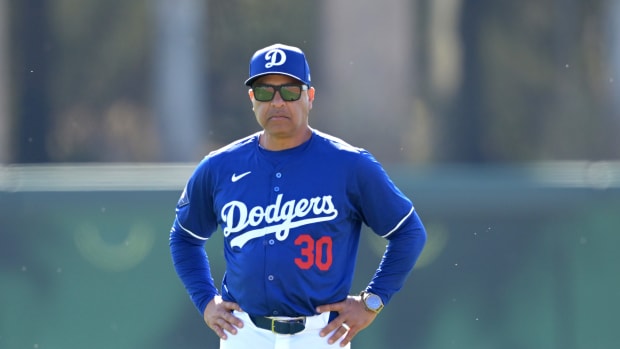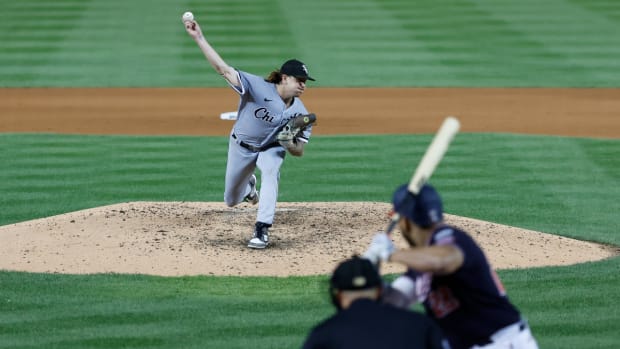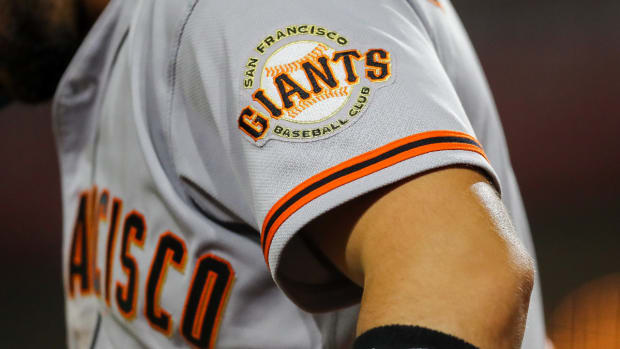While Risky, the Tigers’ Bet on Colt Keith Makes Sense for Both Sides
The Detroit Tigers believe Colt Keith can be a bat-first second baseman comparable to Gleyber Torres of the New York Yankees. Keith, 22, never has played a day in the majors. By signing Keith to a six-year, $28.6 million extension, the Tigers will save about $12 million plus gain three years of control if they are right.
If they are wrong? Well, it’s an overpay, but as seen with losing bets the Philadelphia Phillies made on Scott Kingery and the Seattle Mariners made on Evan White ($24 million over six years for each), that’s not the kind of money to set a franchise back.
That’s why the deal makes sense for both sides. The Tigers buy at least three more years of control and get a player on a discount if he’s an everyday contributor. They also send a message that the organization is committed to its young players as it climbs out of a rebuild.
Keith gets financial security and sheds the usual annual worry about value most young players face.

Keith, who has yet to make an MLB appearance, signed a six-year contract extension with Detroit.
Nathan Ray Seebeck/USA TODAY Sports
You will see more of these deals, though in limited numbers. These contracts make sense from a risk/reward calculation only when 1) the player is a top prospect who has performed in a steady manner in the minors; 2) the organization knows the player’s makeup well enough to be confident the financial security will not lessen the player’s drive to be great; and 3) he’s a position player. Pitchers are less predictable, especially because of the injury factor.
Here is what else you need to know about this deal:
- A left-handed hitter built like a slightly bigger Jeff Kent, Keith is a solid offensive player with good bat-to-ball skills, above average power at second base and an advanced approach. Think Jason Kipnis, another left-handed hitting, bat-first second baseman, though Keith is more of a quiet grinder who loves to work whereas Kipnis became a team leader with Cleveland. “That’s fair on the lower end,” one evaluator says about the Kipnis comparison. “I think he can be a better offensive player.” Kipnis was a two-time All-Star with a .750 career OPS and 102 OPS+.
- Though Keith can play third base, the Tigers intend to have him focus solely on second base this spring, where he could earn the starting job simply by demonstrating he can make the routine plays there.
- Tigers prospect Jace Jung, 23, who has played mostly second base, will get more time at third base, where he exclusively played in the Arizona Fall League.
- The Tigers are loaded with young, left-handed hitters. Keith, Jung, Riley Greene, 23; Parker Meadows, 24; and Kerry Carpenter, 26, are all legit hitters who are ready now or will be soon. It’s a similar blueprint the Arizona Diamondbacks and Baltimore Orioles used to build postseason teams last year.
- Just when we thought the ban on shifts would increase the premium on defense and athleticism at second base, the bat-first second baseman is becoming a trend. Keith joins Edouard Julien of the Minnesota Twins and Nolan Gorman of the St. Louis Cardinals (another good comp to Keith) as likely starters known more for their offense than defense, joining veterans such as Torres, José Altuve and Brandon Lowe. Explains one manager when asked about this trend: “The search for offense has probably never been greater.”
- Torres will earn $36.225 million through his six service years. Keith gets $24 million over a similar span. He is due another $4.6425 million in buyouts for Years 7, 8 and 9, but if he is comparable to Torres, those three options are picked up and Detroit effectively buys his first three free-agent years at $38 million. (There are escalators attached to elite performance that can sweeten the deal.) Those same three free-agent years for Torres, who is making $14.2 million this year, are worth between $45 million (D.J. LeMahieu money) and $69.9 million (Javier Báez). It’s the usual calculus: Go year-to-year to max your earning power or take less up front to buy security.
- Keith has been a better hitter in the minors than his contractual comps, Kingery and White, at the time of their deals, as well as better than his current major league comps, Torres and Gorman. With these selected comps, he looks most like Kipnis with a bit more power and swing and miss:
Minor League Statistics When Reaching Majors
| Player | G | Avg/OBP/SLG | OPS | K% |
|---|---|---|---|---|
Keith | 239 | .300/.382/.512 | .894 | 21.5 |
Kipnis | 254 | .297/.377/.486 | .863 | 17.6 |
Gorman | 350 | .270/.339/.496 | .834 | 27.5 |
White | 230 | .296/.361/.471 | .832 | 20.4 |
Torres | 376 | .285/.363/.421 | .784 | 20.2 |
Kingery | 329 | .284/.324/.437 | .761 | 16.6 |
- Keith is the seventh player to sign a long-term deal before playing a game in the majors. Of the previous six, two have worked well (Luis Robert Jr., six years, $50 million, and Eloy Jiménez, six years, $43 million), three have backfired (Kingery, White and Jon Singleton, five years, $10 million) and one is just starting (Jackson Chourio, eight years, $82 million).































